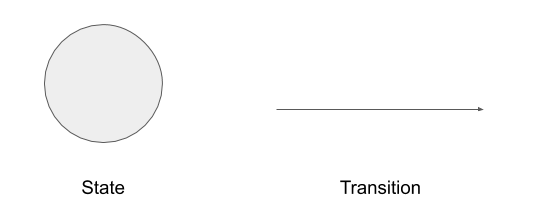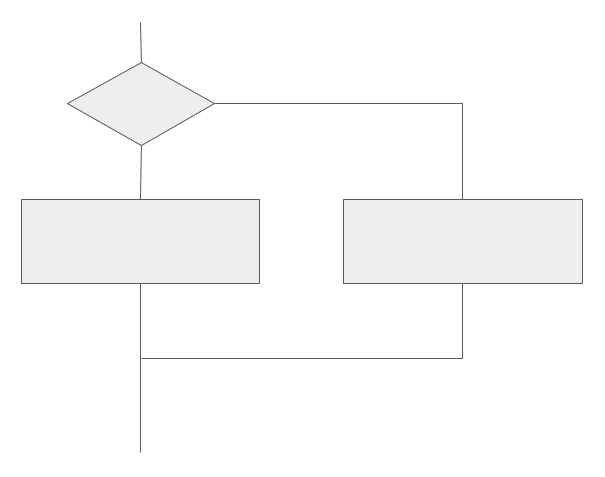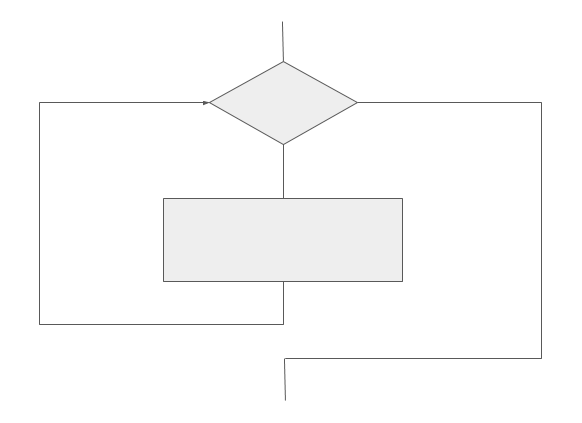In this short series, I outline the notes that I took while preparing for this foundation exam.
While the content may not have changed drastically in the time that I took the exam, there may have been small changes or additions that my notes don’t cover. So I would advise you that if you do use my notes to help you revise for the Foundation exam, that you use them as a supplement to the most recent edition of the book (this is an affiliate link) and go over your knowledge with practice exam papers.
Previous notes within this blog series:
- ISTQB Foundation Level Notes: Chapter 1 – The Fundamentals of Testing
- ISTQB Foundation Level Notes: Chapter 2 – Lifecycles
- ISTQB Foundation Level Notes: Chapter 3 – Static Testing
Important Definitions for Test Design Techniques
A test condition an item or event of a component or system that could be verified by one or more test cases.
A test case a set of input values, execution, pre-conditions expected results and execution post-conditions, developed for a particular objective or test condition.
A test procedure specification a sequence of actions for the execution of a test.
Specification-Based Techniques
Equivalence partitioning
Testing one value within an equivalence partition to create a test case.
Boundary Value Analysis

Decision Table testing
Using a table with values with specific attributes to determine the test cases to be designed.
State Transition testing

Use Case testing
One way of specifying functionality as business scenarios or process flows.
They capture the individual interactions between ACTORS and the SYSTEM.

Structure-Based Techniques
Flow Charts
Sequential

Selection (decision) structure

Iteration (loop) structure

Control Flow Graphs

Statement testing and coverage
Uses flow charts and control flow graphs to represent code.
Decision testing and coverage
Ensures that the decisions in a program are adequately exercised.

Experience-Based Techniques
Error Guessing
When applied after systematic techniques, error guessing can add another value in identifying and exercising test cases that target known or suspected weaknesses.
Exploratory testing
Combines the experience of testers with a structured approach to testing where specifications are either missing or inadequate.



